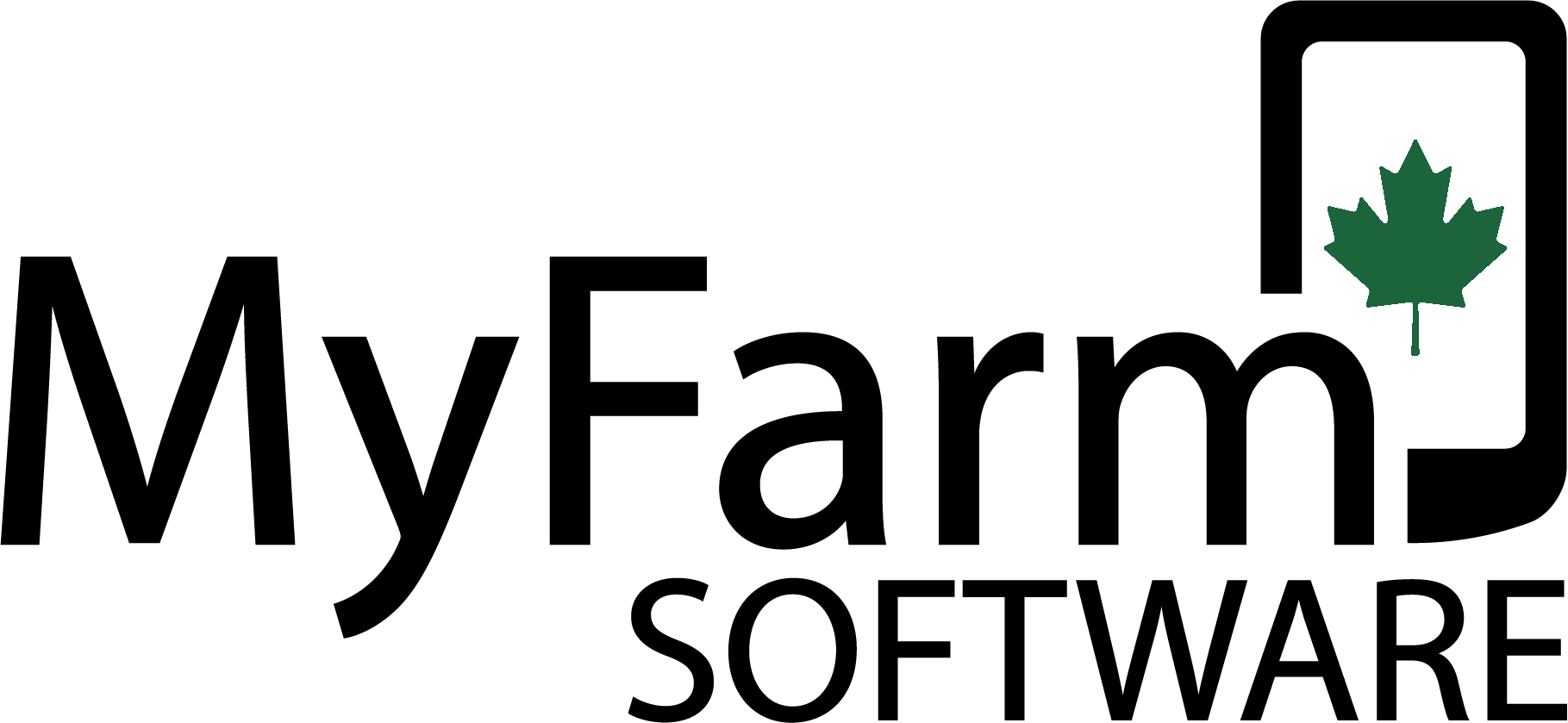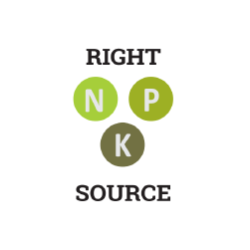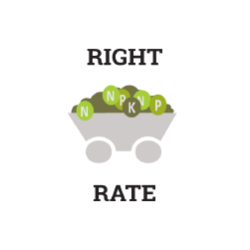
-
 STEWARDSHIP
STEWARDSHIP
-
 STEWARDSHIP
STEWARDSHIP
-
 STEWARDSHIP
STEWARDSHIP
4R NUTRIENT STEWARDSHIP CERTIFICATION
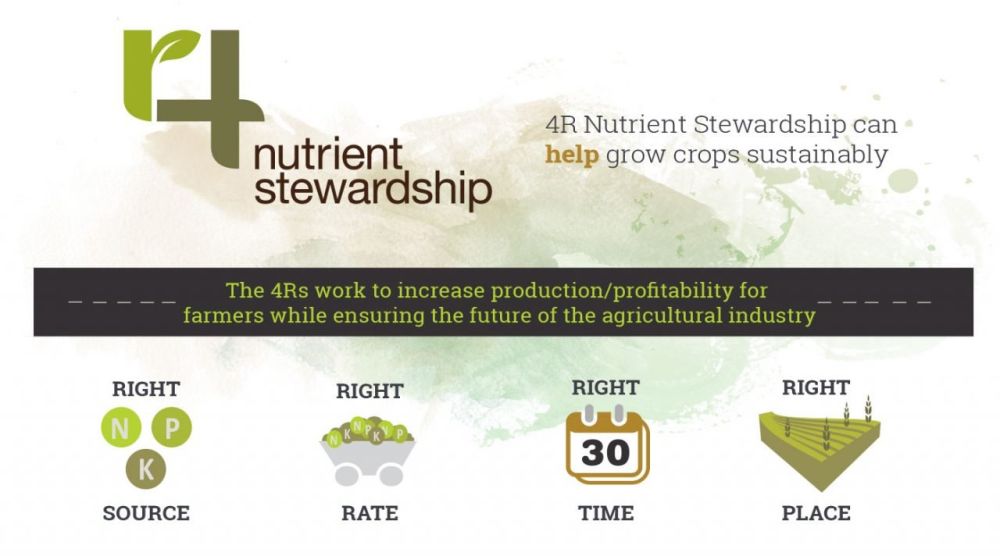


WHAT ARE THE FOUR R’S?
Right Source
- Selecting the right source of nutrient to feed your crop- whether that be granular or liquid commercial fertilizer, manure, or any other nutrient sources
Right Time
- Avoid fertilizer or manure application on snow-covered, or frozen soils
- Ensuring you are planning nutrient applications ahead to be proactive with determining proper application timing
Right Rate
- To determine the right rate of product, farmers must perform soil tests a minimum every 3 years, on a maximum of 25-acre blocks
- Based on the nutrients already in the soil, making a conscious decision of how much nutrients to apply to meet crop requirements
- Ensuring any applications we perform as a retailer are done with precise, calibrated, equipment to stay on target for application rates
Right Place
- Respect recommended setback distances for nutrient application near sensitive features- such as waterways
- Place nutrients below the soil surface or close to the root zone when possible to avoid off-target movement of nutrients
- Selecting the right source of nutrient to feed your crop- whether that be granular or liquid commercial fertilizer, manure, or any other nutrient sources
- Avoid fertilizer or manure application on snow-covered, or frozen soils
- Ensuring you are planning nutrient applications ahead to be proactive with determining proper application timing
- To determine the right rate of product, farmers must perform soil tests a minimum every 3 years, on a maximum of 25-acre blocks
- Based on the nutrients already in the soil, making a conscious decision of how much nutrients to apply to meet crop requirements
- Ensuring any applications we perform as a retailer are done with precise, calibrated, equipment to stay on target for application rates
- Respect recommended setback distances for nutrient application near sensitive features- such as waterways
- Place nutrients below the soil surface or close to the root zone when possible to avoid off-target movement of nutrients
- Selecting the right source of nutrient to feed your crop- whether that be granular or liquid commercial fertilizer, manure, or any other nutrient sources
- Avoid fertilizer or manure application on snow-covered, or frozen soils
- Ensuring you are planning nutrient applications ahead to be proactive with determining proper application timing
- To determine the right rate of product, farmers must perform soil tests a minimum every 3 years, on a maximum of 25-acre blocks
- Based on the nutrients already in the soil, making a conscious decision of how much nutrients to apply to meet crop requirements
- Ensuring any applications we perform as a retailer are done with precise, calibrated, equipment to stay on target for application rates
- Respect recommended setback distances for nutrient application near sensitive features- such as waterways
- Place nutrients below the soil surface or close to the root zone when possible to avoid off-target movement of nutrients
NITROGEN STABILIZERS
WHAT DO STABILIZERS DO?
Nitrogen stabilizer products are a liquid that is applied directly on nitrogen fertilizer sources to help to slow the conversion of nitrogen to forms that are susceptible to loss. The two main forms of stabilizers are urease inhibitors (protects from the conversion of urea to ammonium) and nitrification inhibitors (ammonium to nitrate).
How do you know if you should be using a stabilizer?
- If you broadcast urea but it doesn’t get fully incorporated. If urea is not incorporated at all or not incorporated fully (e.g. you see a significant portion of fertilizer granules on the soil surface), the nitrogen is vulnerable to loss by volatilization. This is especially true under dry, warm conditions. Urease inhibitors can help protect that nitrogen and keep it in the urea form long enough for a significant rainfall (0.5 inch or more) to wash it into the soil.
- If you surface apply liquid nitrogen, e.g. via a weed and feed program, without incorporation, you will likely benefit from a urease inhibitor. Again, this is particularly the case with dry, warm and breezy conditions.
- If you apply 100% of your nitrogen up front. It’s hard to predict what the weather will be in the weeks following planting. With the crop’s entire supply applied ahead of planting, well before peak corn demand, consider stabilizing your nitrogen and delaying its conversion to forms that are susceptible to loss.
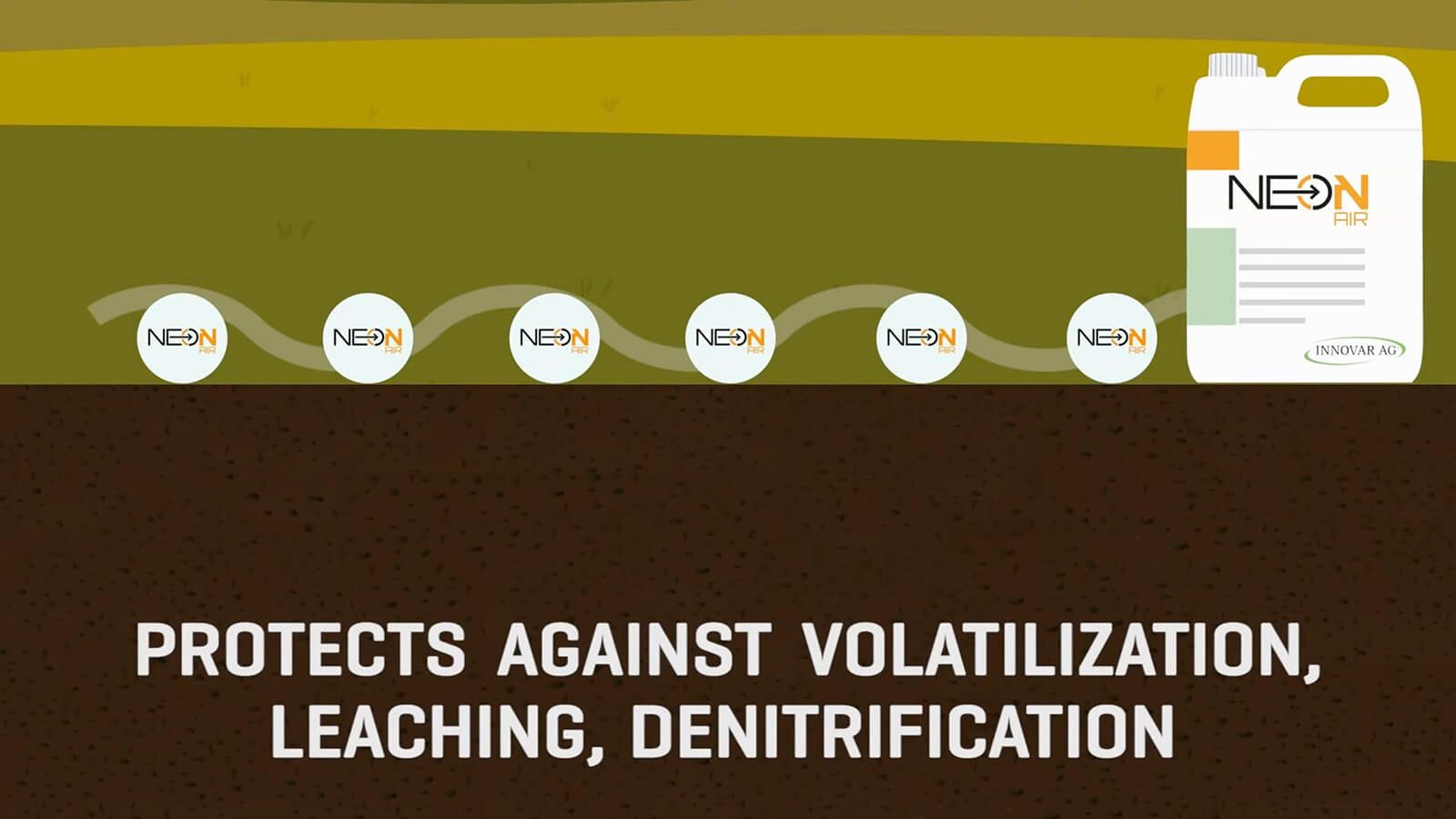
Nitrogen stabilizer products are a liquid that is applied directly on nitrogen fertilizer sources to help to slow the conversion of nitrogen to forms that are susceptible to loss. The two main forms of stabilizers are urease inhibitors (protects from the conversion of urea to ammonium) and nitrification inhibitors (ammonium to nitrate).
- If you broadcast urea but it doesn’t get fully incorporated. If urea is not incorporated at all or not incorporated fully (e.g. you see a significant portion of fertilizer granules on the soil surface), the nitrogen is vulnerable to loss by volatilization. This is especially true under dry, warm conditions. Urease inhibitors can help protect that nitrogen and keep it in the urea form long enough for a significant rainfall (0.5 inch or more) to wash it into the soil.
- If you surface apply liquid nitrogen, e.g. via a weed and feed program, without incorporation, you will likely benefit from a urease inhibitor. Again, this is particularly the case with dry, warm and breezy conditions.
- If you apply 100% of your nitrogen up front. It’s hard to predict what the weather will be in the weeks following planting. With the crop’s entire supply applied ahead of planting, well before peak corn demand, consider stabilizing your nitrogen and delaying its conversion to forms that are susceptible to loss.

Nitrogen stabilizer products are a liquid that is applied directly on nitrogen fertilizer sources to help to slow the conversion of nitrogen to forms that are susceptible to loss. The two main forms of stabilizers are urease inhibitors (protects from the conversion of urea to ammonium) and nitrification inhibitors (ammonium to nitrate).
- If you broadcast urea but it doesn’t get fully incorporated. If urea is not incorporated at all or not incorporated fully (e.g. you see a significant portion of fertilizer granules on the soil surface), the nitrogen is vulnerable to loss by volatilization. This is especially true under dry, warm conditions. Urease inhibitors can help protect that nitrogen and keep it in the urea form long enough for a significant rainfall (0.5 inch or more) to wash it into the soil.
- If you surface apply liquid nitrogen, e.g. via a weed and feed program, without incorporation, you will likely benefit from a urease inhibitor. Again, this is particularly the case with dry, warm and breezy conditions.
- If you apply 100% of your nitrogen up front. It’s hard to predict what the weather will be in the weeks following planting. With the crop’s entire supply applied ahead of planting, well before peak corn demand, consider stabilizing your nitrogen and delaying its conversion to forms that are susceptible to loss.

CLEAN FARMS
Holmes Agro is a proud partner of Cleanfarms, a non-profit environmental stewardship organization. Through Cleanfarms, we offer several programs to help growers properly dispose of agricultural waste:
- Empty Container Recycling Program (for pesticide jugs and totes)
- Empty Bag Program (for treated seed bags)
- Plastic Film and Twine Collection Program
- Obsolete Pesticide & Livestock Medication Program *only available every 3 years- next collection for Ontario will be in 2025*
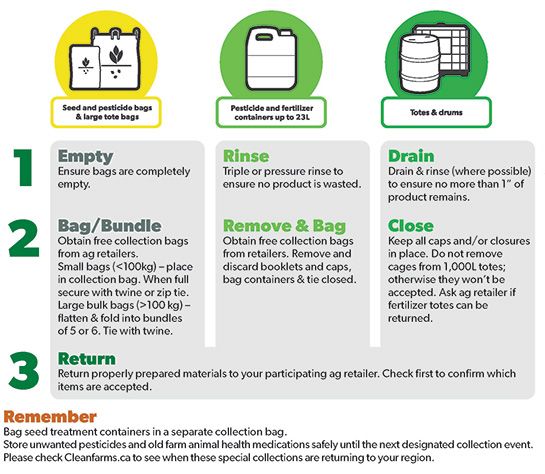
Holmes Agro is a proud partner of Cleanfarms, a non-profit environmental stewardship organization. Through Cleanfarms, we offer several programs to help growers properly dispose of agricultural waste:
- Empty Container Recycling Program (for pesticide jugs and totes)
- Empty Bag Program (for treated seed bags)
- Plastic Film and Twine Collection Program
- Obsolete Pesticide & Livestock Medication Program *only available every 3 years- next collection for Ontario will be in 2025*

Holmes Agro is a proud partner of Cleanfarms, a non-profit environmental stewardship organization. Through Cleanfarms, we offer several programs to help growers properly dispose of agricultural waste:
- Empty Container Recycling Program (for pesticide jugs and totes)
- Empty Bag Program (for treated seed bags)
- Plastic Film and Twine Collection Program
- Obsolete Pesticide & Livestock Medication Program *only available every 3 years- next collection for Ontario will be in 2025*

